

Despite being 91 and 87 years old during the filming of Saul & Ruby’s Holocaust Survivor Band, Saul Dreier and Ruby Sosnowicz move with more energy than most men half their ages. The same can be said for their music. The duo are Polish Holocaust survivors who collaborate together in the aptly titled Holocaust Survivors Band, with Saul playing the drums and Ruby the accordion.
Though the band idea was initially labeled “crazy” by both Saul’s wife and rabbi (Saul took this as sign to go ahead with it), the results have been a heartwarming success. As he explains, Jewish music gets its meaning from both the Hebrew language and Torah teachings, so sharing this music works as defiance against the Nazis’ crimes just as they helped Saul survive the concentration camps: “when you played music, you forgot you had to eat.”
A similar sentiment can be said for Ruby, whose daughter Chana—also a band member—talks about how much music was a part of her childhood. She knew her parents were both survivors, but they never let any negativity creep into their home.
The fly-on-the-wall filming approach helps make the documentary feel quite intimate, emphasizing how these sharp, occasionally crotchety Jewish grandparent-types live on a day-to-day basis. Saul and Ruby have extensive families, including their wives of 50+ years, Clara and Gina—who are dealing with their own medical issues—while regularly meeting up to practice their music.
The Holocaust Survivors Band is quite active, performing for numerous Florida community events and, at one point, even co-starring in a music video alongside famed Hasidic singer Lipa Schmeltzer. Their main goal is to raise enough money to return to Poland—a country Ruby hasn’t visited since the war—and perform for not only a Polish audience but also at Auschwitz as a symbol of love for those who died and a middle finger toward the Third Reich. At their age, returning is now something of a necessity, a means of achieving true closure as their generation dies out and, tragically, more cases of anti-Semitism begin to pop up across America and around the globe. This sense of aging and legacy are motifs throughout the film.
Director Tod Lending blends together joyful and leisurely aspects of this musical career to highlight how both men promote a “never forget” mantra through their music. Lending, a veteran of numerous documentaries, knows when to push his two subjects on their past and when to just let them be in the moment, which often involves conversations among themselves and their families—and arguing, as Jewish grandparents often do.
Among Lending’s unique directorial decisions is to limit the focus on Saul and Ruby’s actual Holocaust stories until nearly the third act. We gradually see the two open up about their trauma and how the loss of so much still weighs down on them decades later. At one point, Saul, who survived Plaszow and Mauthausen-Gusen and briefly worked in Oskar Schindler’s factory, finds his family’s old apartment building still standing and excitedly enters the complex, only to break down in the entryway. He just can’t bring himself to go up and see what’s left of the place after all this time.
From touring the Presidential Palace to playing songs alongside famed Polish rock star Muniek Staszcyk, these aging men come alive in Poland as they deliver a message of “peace and love.” Lending frames Saul and Ruby as true mensches, and regardless of how many years they have left, they return home knowing that they have literally sung and danced on top of hate and won. L’chaim!

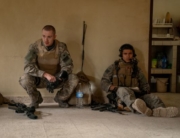
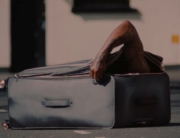
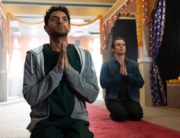

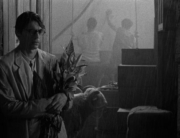

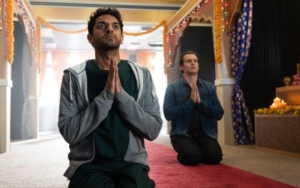
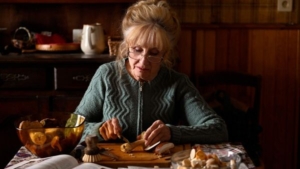


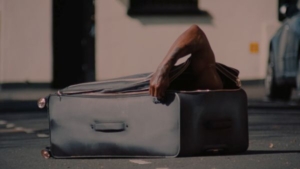




Leave A Comment